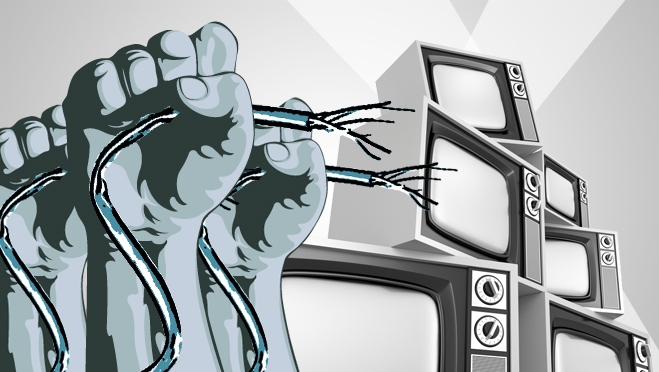Film/TV

PwC: Cord Trimming Becomes More Costly
Story Highlights
A new report from PricewaterhouseCoopers (PwC) finds that cord cutting is actually happening slower than predicted, with fewer pay TV subscribers saying they’ll cut the cord in the future compared to 2015. Nearly 85% of pay TV subscribers told PwC they still expect to subscribe to cable a year from today, up from to 70% in 2015 and 91% in 2014, showing a significant slow-down in cord cutting, while the overall number of pay TV subscribers is at 76% for 2016, compared to 79% in 2015.
Of the “cord trimmers” who’ve cut back on their TV bundles, 51% say they still pay for more video content now than they did a year ago, and 42% of all consumers say they’re paying more today for video content than they were one year ago.
“Streaming services will continue to grow as additions, not replacements, to pay TV packages, based on the analysis,” the report reads. “Growing popularity for a new generation of high quality video, along with live TV, is reducing pricing sensitivity. According to PwC, the availability of more great content in more formats may not be the death of traditional pay TV, but rather the beginning of a world in which pay TV is merely one among many video services consumers use.”
More than 66% of respondents told PwC that they feel fatigued about the sheer amount of content available today, while more than 75% say they’re watching more content on mobile devices than they were a year ago. Almost 60% said they use their smartphone as the primary devices to watch all video sources, a number that rises to 70% among 18- to 24-year-olds.
The report also identifies “super streamers,” or those who stream video at least a dozen hours a week. While that category only represents about 10% of all viewers, more than 60% are cord cutters or cord trimmers, with only 39% subscribing to a traditional pay TV service.









